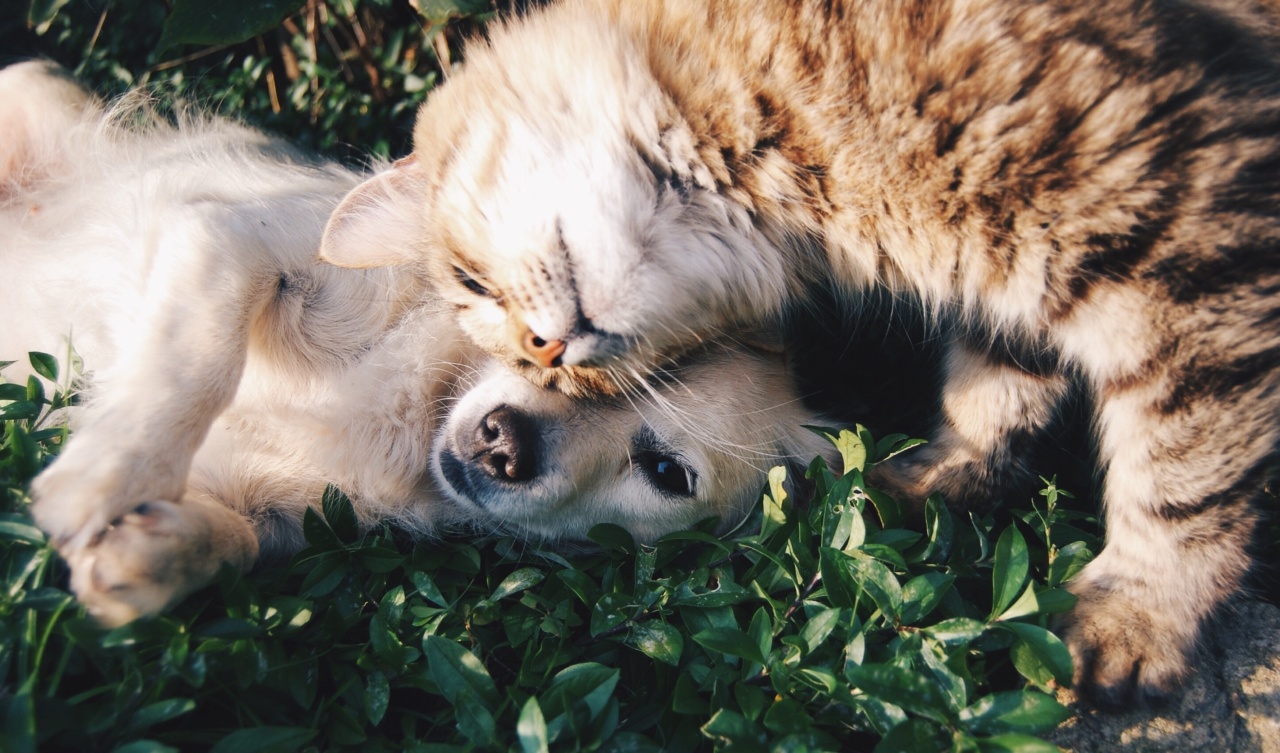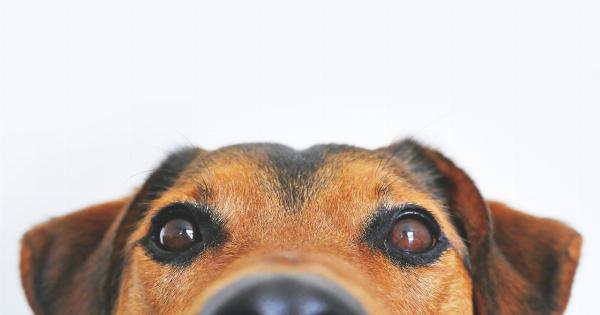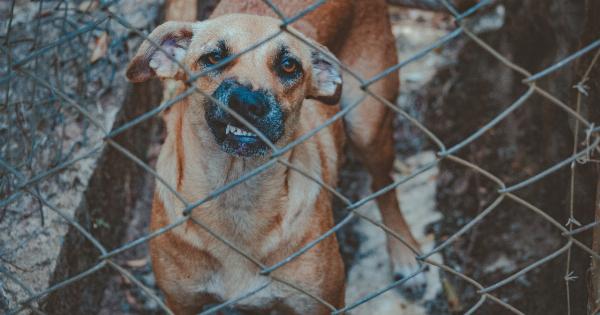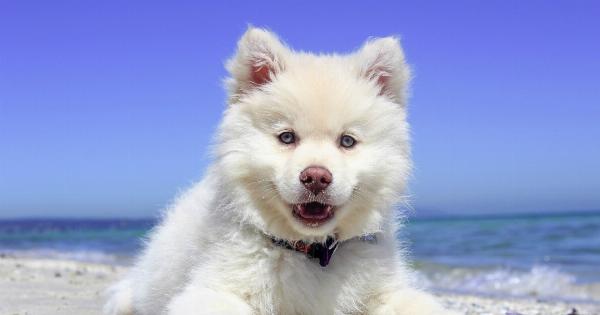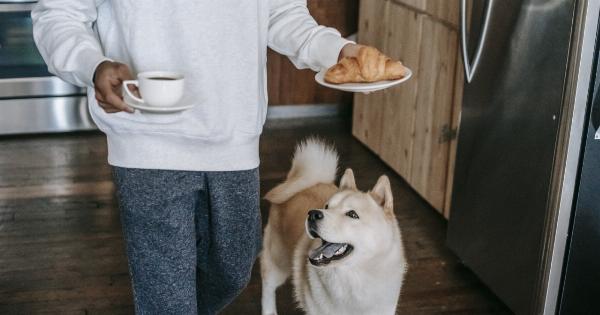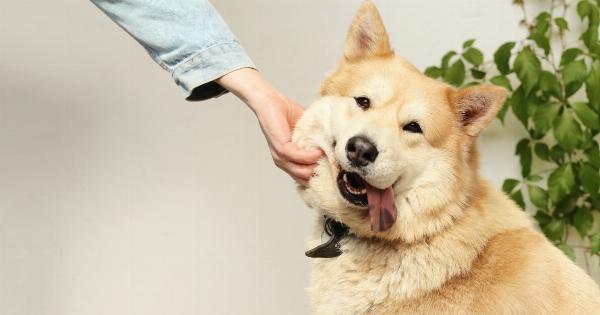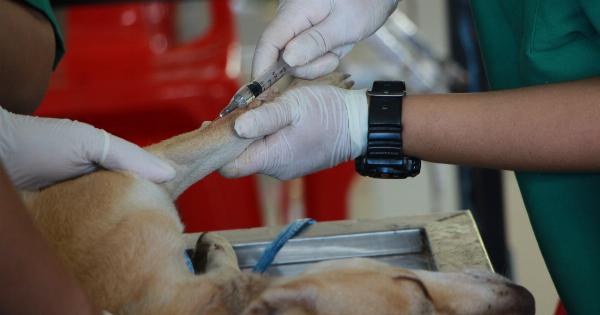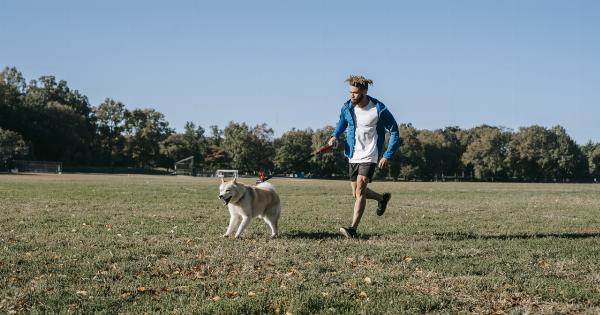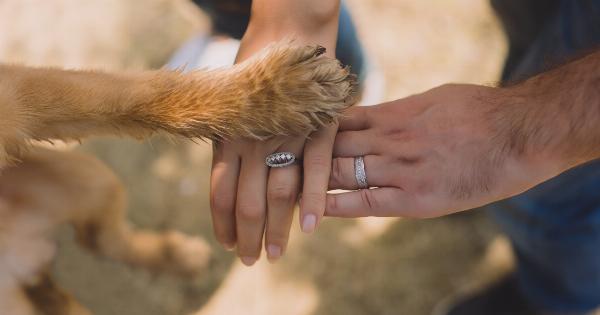Introducing a dog to cats can be a challenging process, especially if your dog has a natural prey drive. However, with patience, training, and proper socialization, it is possible to help your dog relax around cats.
This article will provide you with practical tips and techniques to create a harmonious environment for both your furry friends.
Understanding Canine Behavior
Before delving into strategies to help your dog relax around cats, it’s essential to have a basic understanding of canine behavior.
Dogs are naturally predators, and some breeds, such as hunting or herding dogs, may have a higher prey drive than others. Prey drive refers to a dog’s instinctive desire to chase, catch, and potentially kill small animals, including cats.
It’s important to note that every dog is unique, and their reactions may vary. Some dogs may show aggression towards cats, while others might be fearful or anxious.
Understanding your dog’s personality and temperament will help you tailor your approach accordingly.
Gradual Introductions
When introducing your dog to cats, it’s crucial to take things slowly. Rushing the process can overwhelm both your dog and the cat, leading to negative associations and potential confrontations.
Follow the steps outlined below to ensure a smooth integration:.
Step 1: Create Separate Spaces
Initially, provide your dog and cat with separate spaces in your home. This allows them to become familiar with each other’s scent and presence without direct interaction.
Use baby gates or other physical barriers to keep them apart while still allowing visual contact.
Step 2: Scent Swapping
As scent plays a significant role in animals’ interactions, scent swapping is a great technique to help them become accustomed to each other’s smell.
Rub a piece of cloth or towel on your dog and place it near the cat’s resting area, and vice versa. This gradual introduction to each other’s scent can help desensitize them to the presence of another animal.
Step 3: Controlled Visual Contact
Once your dog and cat have become accustomed to each other’s scent, it’s time to allow controlled visual contact.
This means keeping them in separate rooms but with a barrier that allows them to see each other, such as a glass door or a pet gate. Observe their reactions and look for signs of stress, aggression, or fear. If necessary, go back to the previous step and reinforce positive associations. Gradually increase the duration of these visual encounters as they become more comfortable.
Step 4: Leash Training
Before progressing to face-to-face introductions, it’s important to ensure your dog is well-trained on a leash. Leash training provides you with control and prevents any unwanted reactions towards the cat.
Practice various commands, such as “sit,” “stay,” and “leave it,” to reinforce positive behavior. Once your dog exhibits calm behavior on a leash, you can move on to the next step.
Step 5: Face-to-Face Introductions
When it’s time for face-to-face introductions, keep your dog on a leash and allow the cat to roam freely. Ensure the cat has an escape route, like a high perch or a separate room.
Keep initial encounters short and gradually increase their duration over time. Monitor their body language closely and be prepared to intervene if any signs of aggression or fear arise.
Remember to reward your dog with treats and praise for calm behavior during these interactions. Positive reinforcement plays a crucial role in creating positive associations and facilitating relaxation.
Positive Reinforcement Training
Positive reinforcement training is an effective technique to help your dog relax around cats. By rewarding desirable behavior, you can create positive associations and reduce anxiety or aggression. Here are some key aspects to consider:.
Consistency
Consistency is key when using positive reinforcement training techniques. Set clear boundaries and ensure everyone in the household follows the same rules. Consistency helps your dog understand what is expected of them and promotes a sense of security.
Desensitization and Counterconditioning
Desensitization and counterconditioning involve gradually exposing your dog to the presence of cats in a controlled and positive manner. Start at a distance where your dog remains calm and reward them for their relaxed behavior.
As your dog becomes more comfortable, gradually decrease the distance. The goal is to create positive associations with cats and encourage relaxation.
Redirecting Focus
If your dog shows signs of fixation on the cat, redirect their attention to an alternative, more appropriate activity.
Engaging them in a game, providing interactive toys, or practicing obedience commands can help distract their focus and encourage relaxation.
Professional Training
In some cases, seeking the assistance of a professional dog trainer or behaviorist can be beneficial. They have the expertise to assess your specific situation and provide customized training plans.
A professional can guide you through the process, address any underlying behavior issues, and ensure the safety and well-being of both your dog and cat.
Creating a Safe Environment
Aside from training and gradual introductions, creating a safe environment for both your dog and cat is vital to help them relax around each other. Consider the following factors:.
Supervision
During the initial stages and even after successful integration, always supervise interactions between your dog and cat. This allows you to intervene if necessary and ensure both pets remain safe and comfortable.
Avoid leaving them alone together until you are confident in their behavior.
Safe Spaces
Provide your cat with access to safe spaces where they can retreat and feel secure, such as high perches, cat trees, or separate rooms with hiding spots.
This gives them a sense of control and allows them to escape from any potential stress or unwanted attention from the dog.
Individual Attention and Enrichment
Dedicate quality time to each pet individually. Providing regular exercise, mental stimulation, and playtime helps them release excess energy and promotes overall well-being.
A tired dog and a mentally stimulated cat are less likely to exhibit anxious or aggressive behaviors.
Patience and Time
Remember, every dog-cat relationship takes time to develop, and patience is crucial. Be prepared for setbacks and progress at a pace that ensures the comfort and safety of both pets.
Celebrate small victories along the way and maintain a positive attitude.
Conclusion
Helping your dog relax around cats requires time, patience, and consistent training.
By following the gradual introduction process, practicing positive reinforcement techniques, and creating a safe environment, you can foster a peaceful coexistence between your furry companions. Remember, each dog-cat relationship is unique, so adapt these strategies to suit the personalities and needs of your pets.
